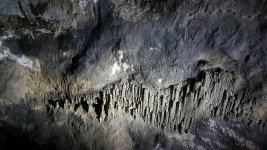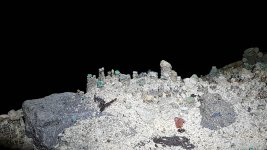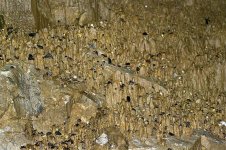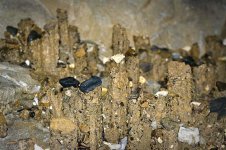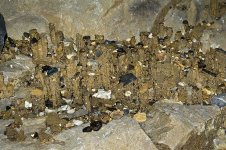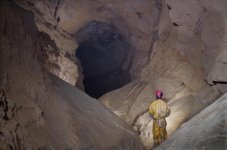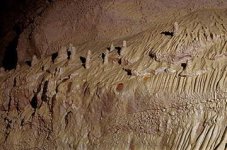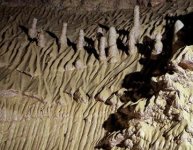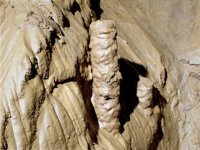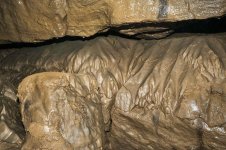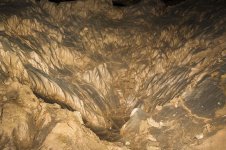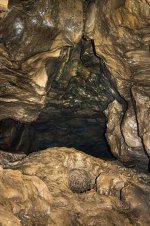Pete K
Well-known member
One of my favourite types of cave formation occur when drips of water fall onto loose sediment deposits. Any pebbles or stone defects the drips and only the sediment around the hard object is washed away. Given enough time without disturbance, the pebble ends up as the 'hat' on a pillar of sediment.
It has occurred to me that I do not know if this feature has a specific name and Google is not being forthcoming with info.
Can anyone point me in the direction of any writings on these sediment formations or even simply a name.
Cheers
(photos care of Phil Lilley)
It has occurred to me that I do not know if this feature has a specific name and Google is not being forthcoming with info.
Can anyone point me in the direction of any writings on these sediment formations or even simply a name.
Cheers
(photos care of Phil Lilley)



